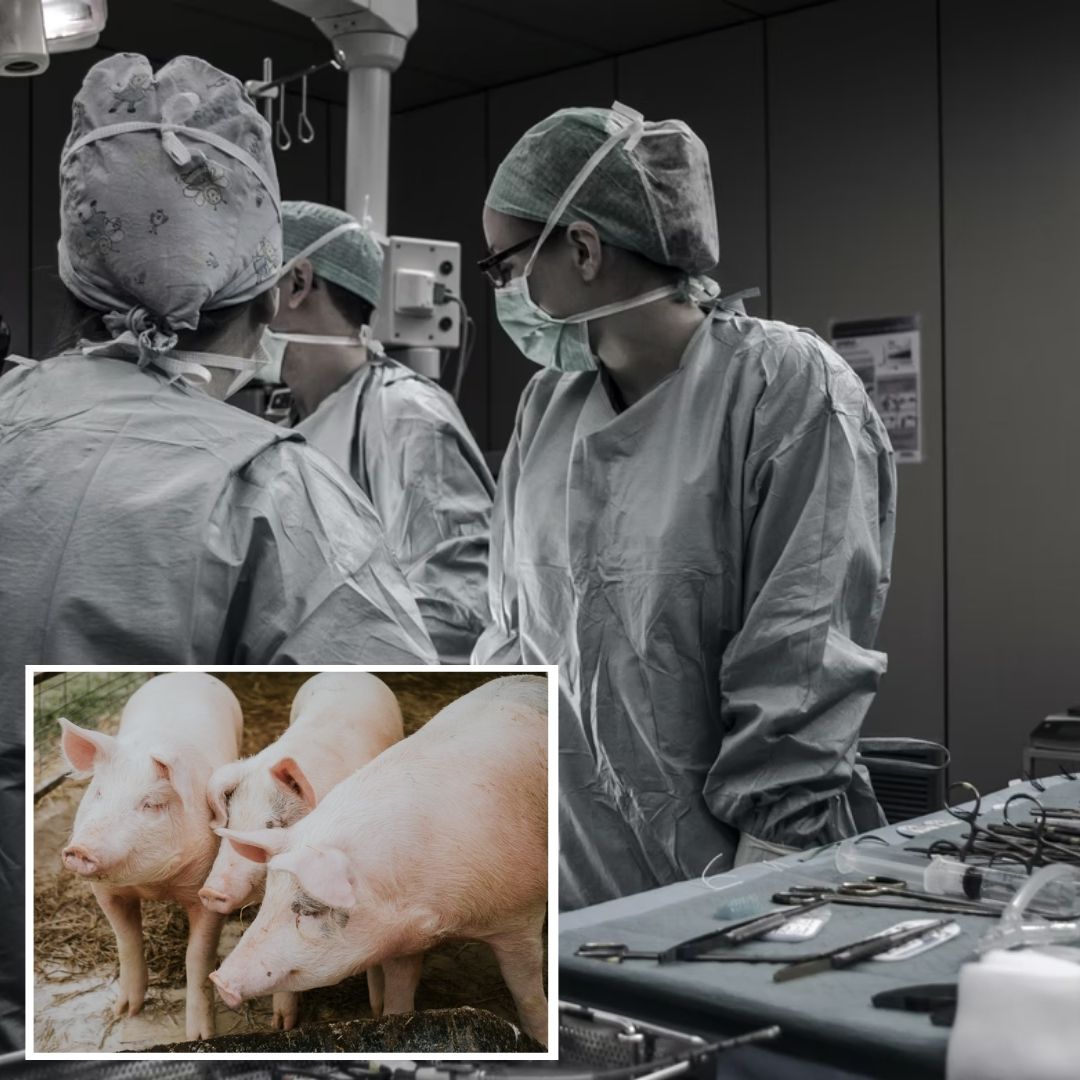Robot Successfully Performs World's First Laparoscopic Surgery Without Human Guidance
Writer: Shiva Chaudhary
A post-graduate in Journalism and Mass Communication with relevant skills, specialising in content editing & writing. I believe in the precise dissemination of information based on facts to the public.
Others/World, 28 Jan 2022 11:34 AM GMT | Updated 28 Jan 2022 11:34 AM GMT
Editor : Snehadri Sarkar |
While he is a massive sports fanatic, his interest also lies in mainstream news and nitpicking trending and less talked about everyday issues.
Creatives : Shiva Chaudhary
A post-graduate in Journalism and Mass Communication with relevant skills, specialising in content editing & writing. I believe in the precise dissemination of information based on facts to the public.
The Smart Tissue Autonomous Robot (STAR), designed by a team of Johns Hopkins University researchers, has successfully performed keyhole surgery intestinal anastomosis to connect two ends of an intestine in four pigs.
In a significant step towards fully automated surgery on humans, a robot designed by a team of Johns Hopkins University (JHU) researchers has performed laparoscopic surgery on the soft tissue of a pig without the guiding hand of a human. JHU is one of the oldest research universities in the United States (US) and is often ranked among the most prestigious academic institutions in the world
The Smart Tissue Autonomous Robot (STAR) has successfully performed keyhole surgery intestinal anastomosis to connect two ends of an intestine in four pigs. The surgery requires a high level of repetition motion and precision to connect two ends of an intestine which is plausibly the most challenging level in gastrointestinal surgery. This level requires a surgeon to suture with high accuracy and consistency. At this level, even the tiniest hand quiver or mislaid suture can result in a leak that can lead to fatal complications for the patient.
Axel Krieger, an assistant professor of mechanical engineering at the university's Whiting School of Engineering, said, "Our findings show that we can automate one of the most intricate and delicate tasks in surgery: the reconnection of two ends of an intestine. The STAR performed the procedure in four animals, and it produced significantly better results than humans performing the same procedure," reported the JHU website.
Features Of STAR
The STAR is created as a vision-guided system explicitly designed to suture soft tissue, and its designers have equipped it with enhanced autonomy and surgical precision. The robot includes specialised suturing tools and state-of-the-art imaging techniques that contribute towards more accurate surgical field visualisations.
The robot has a novel control system that can adjust the surgical plan in real-time, just as a human surgeon would during soft-tissue surgery, which has unexpected obstacles. Hamed Saeidi, a visiting research scientist of mechanical engineering at university's Whiting School of Engineering, said, "What makes the STAR special is that it is the first robotic system to plan, adapt, and execute a surgical plan in soft tissue with minimal human intervention," reported JHU website.
The STAR is guided through a structural light-based three-dimensional endoscope and machine learning-based tracking algorithm. Jin Kang, a university professor of electrical and computer engineering, said, "We believe an advanced three-dimensional machine vision system is essential in making intelligent surgical robots smarter and safer," reported the JHU website.
Other Researchers
Other JHU researchers of the team included Justin D. Opfermann, Michael Kam, Shuwen Wei, Simon Leonard, and Michael H. Hsieh. Over the year, the medical world has steadily advanced the art of robot-assisted operations, enabling doctors to enhance their technique inside the operating theatre.
Also Read: Empowerment Or Objectification? Beauty Pageants' Debate Presents Both Sides Of The Coin
 All section
All section















